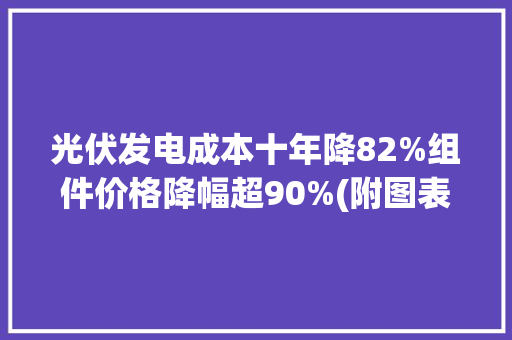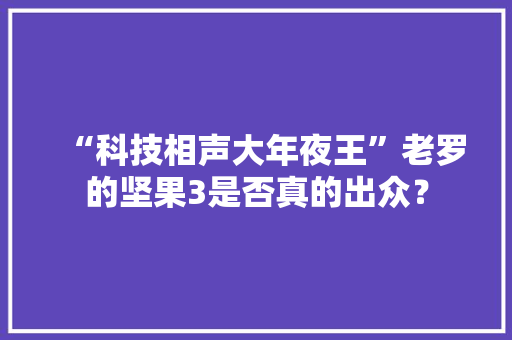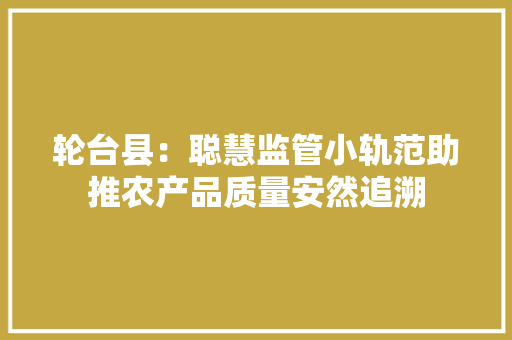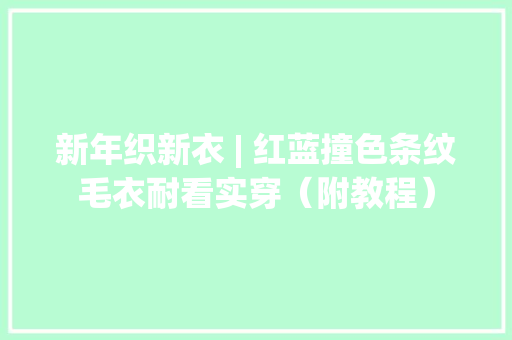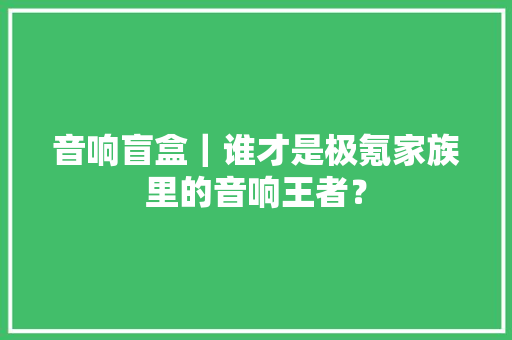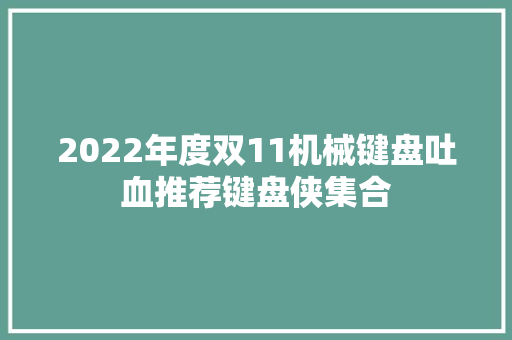《Agile Retrospectives》
本日是2022.4.9,是我项目管理专业英语学习的第4天,也是我做英语学习总结的第3天,本日把昨天自己翻译的情形和中文版翻译做了一次比拟,找出差距,迭代自己的能力,其余还整理了敏捷回顾的步骤,分享给朋友们,欢迎点赞、关注。

1、敏捷回顾什么时候做?

Our main focus in this book is short retrospectives—retrospectives that occur after one week to one month of work. Whether you are using Agile methods or more traditional incremental or iterative development, your team has an opportunity to reflect at the end of every increment and identify changes and improvements that will increase the quality of the product and the work life of team members
我昨天的翻译为:敏捷回顾便是short retrospectives,当周期为1个月的事情中,一周过去后,你得在每个迭代结束时回顾并识别出变革和改进,这将改进产品质量和团队的事情氛围。
《敏捷回顾》中文版翻译为:本书重点先容的是一种短周期的回顾检视会—-一严密一个月一次。不管你是采取敏捷开拓办法还是传统的叠加或分阶段开拓办法,在每次阶段开拓结束时,你的团队都有机会将那些有利于提高产品质量和生活质量的变革和改进点总结出来。
比拟结论:对长句子“Whether you are using Agile methods or more traditional incremental or iterative development, your team has an opportunity to reflect at the end of every increment and identify changes and improvements that will increase the quality of the product and the work life of team members”的翻译,难度确实比较大,涉及到迁移转变关系的同义表达,我对这句话翻译和中文版相差还是比较不大,也没中文版译者翻译的流畅,由于我不是英语专业出身,翻译能力刚刚起步,我还有很大提升空间。
2、敏捷回顾是什么?
(1)Retrospectives are a natural fit in an Agile work environment—Scrum and Crystal explicitly include “inspect and adapt” cycles for the methods and teamwork along with mechanisms to examine and improve the product. While continuous builds, automated unit tests, and frequent demonstrations of working code are all ways to focus attention on the product and allow the team to make adjustments, retrospectives focus attention on how the team does their work and interacts.
(2)Retrospectives are also a natural fit in a team environment—where membership in the team is less than ten and the work is interdependent. Retrospectives help people improve practices, handle issues, and surface obstacles on a regular basis.
(3)Iteration retrospectives focus on real problem that affect teams. During retrospectives, teams discover real solutions that they can implement without waiting for management’s permission. Since experiments and changes are chosen, not imposed from above, people are more invested in their success.
这三句话,我昨天的翻译为:回顾检视适宜敏捷的事情环境和10人以下的团队,聚拢在影响团队的真实问题上。在回顾过程中,团队要找到那些他们能实行的方案,而不是等着管理的容许(这不便是自组织吗?)。由于这些试验和表格是团队自己选择的,而不是上面强加的,以是大家更乐意投入而(得到)成功。后面这句话“由于这些试验和表格是团队自己选择的,而不是上面强加的,以是大家更乐意投入而(得到)成功”我可能翻译得不对,也请朋友们斧正。
《敏捷回顾》中文版翻译为:
1) 回顾检视会与敏捷事情环境有着完美的结合——为了合营团队互助开拓,Scrum和 Crystal在考验和改进产品机制中明确地包含了循环的检讨和调试阶段。换句话说,持续的建模、自动的单元测试和频繁的产品代码演示,都是为了把重点放在产品本身上并许可团队随时做出调度。回顾检视会则是重点关注如何使团队更好地折衷事情。
2)回顾检视会也与团队协作的事情办法有着完美的结合-少于10个人并须要大家协作开拓的团队。回顾检视会能够帮助大家定期地改进操作、处理问题和创造障碍。
3)阶段性重复的回顾检视会紧张办理那些影响团队的问题。在回顾检视会上,大家挖掘出切实可行的办理方案,并且立时可以履行而不须要等待领导的批准。但是实际情形各不相同,不要生搬硬套,我们该当更关注如何得到成功。
比拟结论:对第三段的末了一句话,我的翻译和中文版翻译相差太大。“Since experiments and changes are chosen, not imposed from above, people are more invested in their success”翻译成“但是实际情形各不相同,不要生搬硬套,我们该当更关注如何得到成功。”从中文角度,看着还挺顺,但是和英文比拟,我个人觉得有点不太理解,尤其是“people are more invested in their success”,我翻译为“大家更乐意投入而(得到)成功”,个人觉得更贴合场景。
3、敏捷回顾如何帮助团队做检视和调度?
构造化流程如下:
1)Set the stage预设会议基调
2)Gather data网络数据
3)Generate Insight引发灵感
4)Decide What to Do决定做什么
5)Close the Retrospective检视会总结结尾。
如果用图来表达是这样的,表示了不断迭代和持续循环改进的哲学思想。
迭代开拓生命周期中的回顾检视会议的步骤
以上便是我本日(2022.4.9)的项目管理英语学习的总结,分享给大家。


